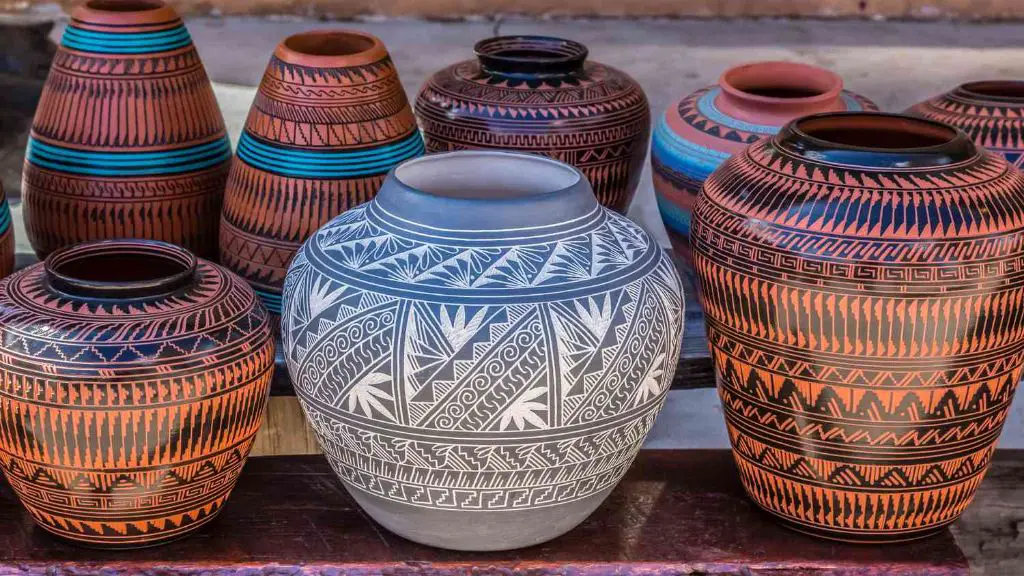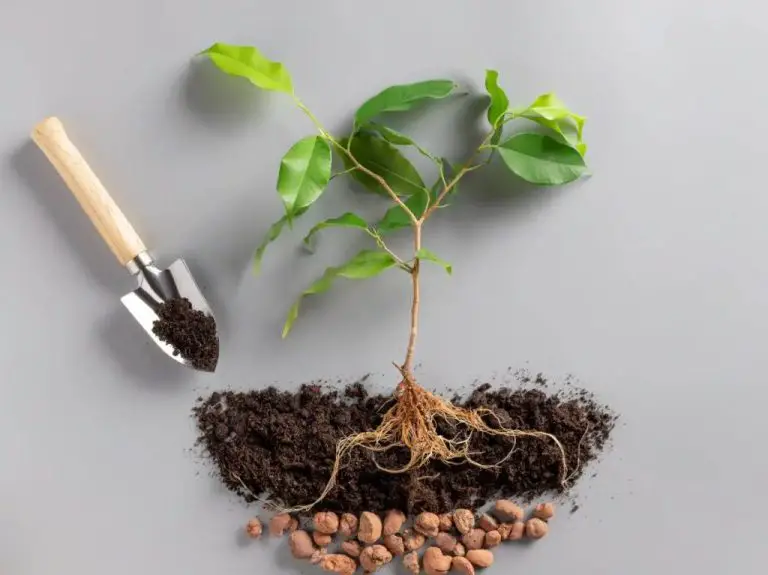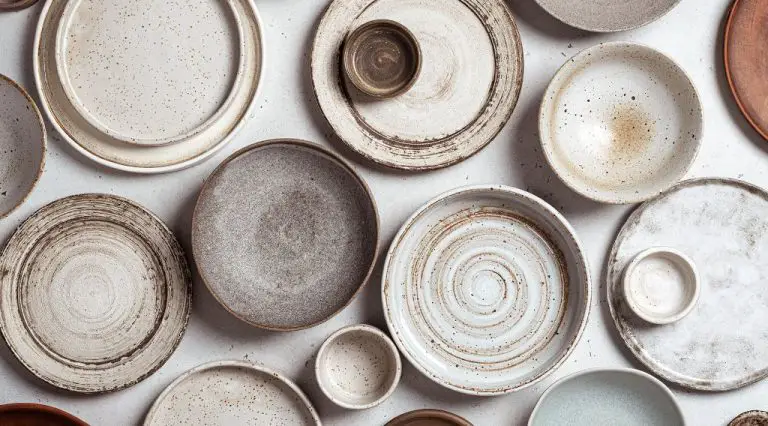What Method Of Pottery Did Most Native Americans Use?
Native American pottery was an essential part of many indigenous cultures for thousands of years. While styles and techniques varied between tribes, most Native American pottery was made by hand using traditional methods like coiling, pinching, or slab building. The type of clay and accessibility of materials differed based on region, influencing the development of distinct local styles. But across tribes, pottery was a critical tool for tasks like cooking, storage, and religious ceremonies. Understanding the methods used to create Native American pottery provides insight into the innovation and artistic expression of these cultures.
Coiling Method
The most common method for shaping pottery used by Native Americans was the coiling technique, where long thin strands of clay are rolled and coiled on top of each other to form the vessel shape (Ceramics of Indigenous peoples of the Americas. (n.d.). In Wikipedia. Retrieved February 27, 2023, from https://en.wikipedia.org/wiki/Ceramics_of_Indigenous_peoples_of_the_Americas). This method allows clay to be built up gradually while maintaining structural integrity. Evidence of coiled pots dates back thousands of years, with examples found across North, Central, and South America.
Coiling was used by ancient Native American cultures like the Mogollon, Hohokam, and Anasazi to create both functional pots and ceremonial vessels. The technique involves rolling out ropes of clay, then stacking these coils on top of one another to build up the pot walls. Coils can be welded together using fingers, paddle and anvil techniques, or by scraping and smoothing (Historical Coil Pots – A History of Coil Pots Over the Years. (2020, November 21). The Pottery Wheel. https://thepotterywheel.com/historical-coil-pots/).
Pinch Pottery
Pinch pottery was a very common technique used by many Native American tribes to hand-build pottery. The pinch pot method involves taking a ball of clay and pinching it between the fingers and palm to form the basic shape of the pot. Evidence of Native Americans using pinch techniques dates back over 2,000 years.
Pinch pots were often combined with the coiling method, where ropes of clay were added to build up taller vessel shapes. The base or bottom of pots would be started as a pinch pot, then built upward with coils. This offered stability in foundation. According to The Pottery Wheel, many tribes such as the Hopi and Zuni favored pinching and coiling for making pottery forms.
Pinch pots were useful for creating small, simple bowls, cups, pitchers, and other vessels needed for daily life. The pinch method allowed forming vessels by hand without any tools or wheels. Fingertips could press into soft clay to create decorative patterns. Pinch pots were an accessible way to make functional and beautiful pottery.
Slab Building
Slab building is another key pottery technique used by Native Americans. This method involves flattening clay into flat slabs using paddles. The clay slabs are then cut into shapes and molded into pottery forms. According to Native American Pottery | History & Symbols – Lesson, slab building was common among Pueblo groups like the Hopi and Zuni.
To create slab built pottery, Native American potters would roll out clay into flat sheets using paddles. These paddles were often made of wood. The slabs would be cut into shapes using cord, bone tools, or knife blades. The potter would then mold and join the slabs into the desired pottery form. Air pockets could be created by rolling clay ropes and joining them to the slabs. The finished piece was then scraped, dried, and fired.
Slab building allowed Native American potters to create a range of vessels with flat bottoms and vertical sides. It provided precision and control in shaping. Intricate decorative carvings and imagery could be added to the surface. According to Native American Pottery – Facts, Traditions & History, slab building was ideal for making rectangular forms like seed jars, canteens, and effigy vessels. This method produced some of the most iconic Native American pottery styles.
Molded Pottery
One of the techniques used by Native Americans was molded pottery where soft clay is shaped by being pressed into or around a rigid form or object [1]. The clay takes on the shape of the form as it dries and hardens. This allows creating vessels and other objects with symmetrical shapes and patterns imprinted from the mold. Molds could be made from materials like wood, gourds, baskets, or even existing ceramic pieces. The Zuni Pueblo peoples crafted thin-walled pottery using gypsum block molds [2]. Their molds often left grid-like designs on the pottery surface. Other tribes shaped clay over rounded stones to make bowls. The molded technique allowed consistency and efficiency in producing pottery vessels and objects.
Wheel-Thrown Pottery
The potter’s wheel was not used by Native Americans before European contact. Pottery wheels were first invented in Mesopotamia around 3500 BCE and then spread to other parts of the Old World over thousands of years. However, the wheel did not make its way to the Americas until Europeans brought potter’s wheels in the 15th and 16th centuries.
According to the Wikipedia article “Potter’s wheel,” https://en.wikipedia.org/wiki/Potter%27s_wheel, pottery wheels were completely unknown in the Americas before the arrival of Europeans. The Aztecs and other Mesoamerican cultures shaped their clay entirely by hand. In North America as well, indigenous pottery was hand-built using the coiling technique rather than thrown on a wheel.
It was only after Spanish colonization starting in the late 15th century that potter’s wheels were introduced to indigenous American cultures. As described in the Pottery Crafters article “Traditional Pottery Wheel History,” https://potterycrafters.com/traditional-pottery-wheel-history/, pottery wheels did not appear in the Americas until 1492 with the arrival of Christopher Columbus and other European explorers and settlers.
So while the potter’s wheel transformed pottery production in many Old World cultures starting in ancient Mesopotamia, it remained completely unknown to Native Americans until Europeans brought this technology to the Americas centuries later.
Firing Methods
Firing is the process of baking or heating the pottery to high enough temperatures to fully harden the clay. Native Americans developed several techniques for firing pottery, often dictated by the local environment and available resources.
The most basic method was open firing. Pottery would be stacked on top of a bed of coals and then covered with fuel such as wood or grass. The fire would be maintained until the pottery reached between 500-800°C. Temperatures could be controlled by smothering or uncovering parts of the fire [1].
Pit firing was done by first excavating a hole in the ground and lighting a fire within it. Once a good bed of coals formed, the pottery would be placed inside and covered with wood or other organic materials. The pit helped concentrate and retain heat [2].
More advanced groups like the Pueblo constructed kilns made of adobe bricks for firing pottery. Kilns allowed for greater control over temperatures and air flow compared to open firing methods.
Decoration

Native American pottery was often decorated using various techniques that enhanced the aesthetic and gave the pieces deeper meaning. Three of the most common decorative techniques were painting, incising, and applique.
Painting was done by applying mineral and plant-based pigments onto the surface of fired or unfired clay. Common colors included black from graphite, red and yellow from iron-rich clays and ochres, and white from kaolin clay. Paints were applied using brushes, fingers, sticks, or feathers. Painted designs included geometric patterns, representational figures, and cultural symbols.
Incising involved carving or etching lines and patterns into the surface of leather-hard clay using tools made from wood, bone, or stone. Thin lines were made with sharp objects like bone awls while bold grooves were made with blunt tools. Incised lines created texture and emphasized painted designs.
Applique involved attaching separate molded or sculpted clay pieces onto the vessel before firing. Common applique shapes included handles, nozzles, animal heads and figures, decorative strips, and sculpted elements. Applique added three-dimensional details and unique personality to each piece.
These techniques allowed Native American potters to enhance the beauty of their work while also imbuing deeper meaning through symbols and designs.
Regional Styles
Native American pottery varied greatly between tribes and geographic regions, reflecting the diverse clay materials, cultural influences, and artistic styles of each area. In the Southwest, distinctive pottery was developed by tribes including the Anasazi, Mogollon, and Hohokam peoples. The Anasazi of the Four Corners region made black-on-white painted wares featuring geometric designs. Further west, the Hohokam created buff-colored pottery engraved with red designs. In the Southeast, the Caddo tribe produced elaborate pottery with symbolic motifs, while the Cherokee made simple utilitarian vessels.
In the Plains, tribes fashioned pots with incised or impressed geometric patterns. The Eastern Woodlands had varied pottery reflecting local customs, from the cord-marked pottery of the Iroquois to the clay figurines of the Hopewell culture. The Pacific Northwest was known for its burnished and painted pottery vessels like those of the Salish tribes. Beyond stylistic diversity, Native American pottery had deep ties to cultural practices, beliefs, and subsistence lifestyles.
Legacy and Significance
Native American pottery holds an important place in the cultural heritage of indigenous tribes across North America. The artistry and skill demonstrated in Native pottery represents an ancient tradition passed down through generations. Intricate designs and patterns adorned these clay vessels, with both utilitarian and ceremonial purposes. As stated by the Southwestern Rugs Depot, “Native American pottery has a rich history that dates back thousands of years.”
Beyond daily use, Native pottery took on deeper meaning tied to cultural identity and expression. Different techniques and styles emerged based on available resources and artistic innovations of each tribe. According to Cameron Trading Post, “The legacy of Native American pottery is an ancient one, dating back some two thousand years.” The continuity of this artform over centuries pays homage to talented Native artisans.
Today, Native pottery persists both to preserve tradition and as an evolving artform. As noted by Shop Garlands, “Pottery has been an integral part of Native American culture in the Southwest for nearly 2,000 years.” While methods and styles have shifted over time, pottery remains vital to Southwestern tribes. Through passing down generations of knowledge, Native potters sustain cultural heritage and identity.


